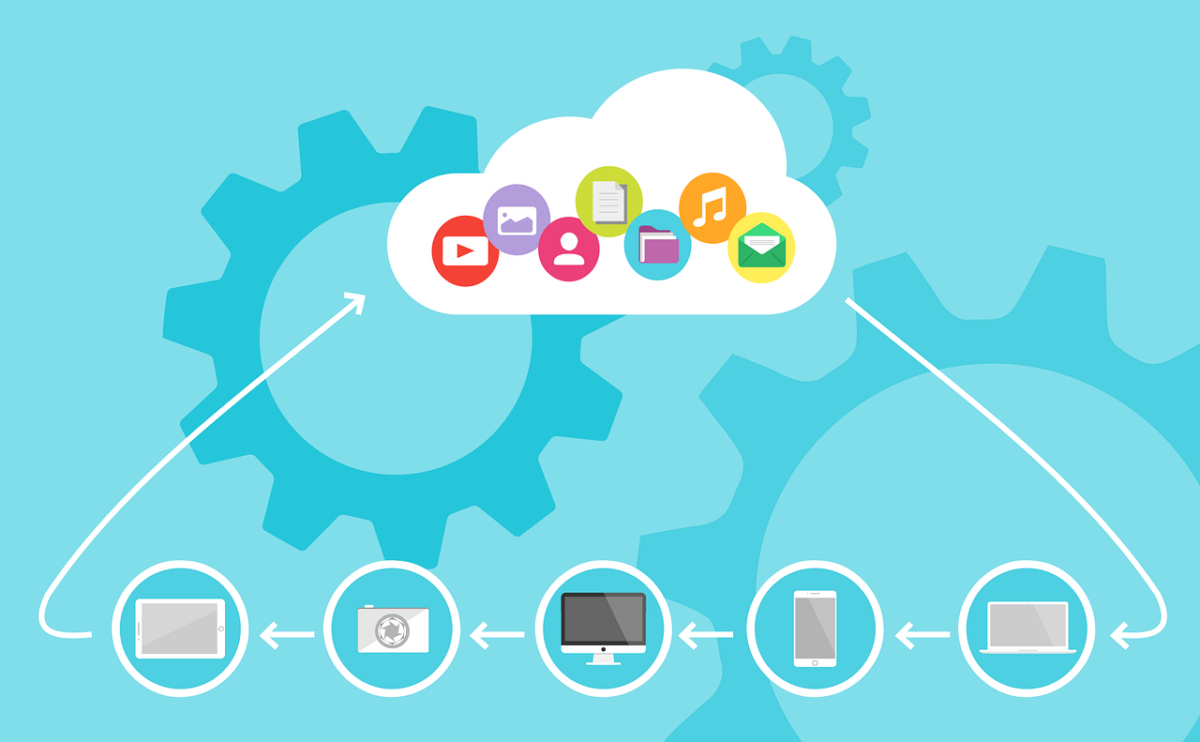The digital transformation is progressing inexorably and with it new legal frameworks. One of the most important changes for companies that offer digital or digitized products and services is the EU Data Act. This legislation will bring significant changes from 12 September 2025, particularly with regard to access to and the use of data generated by products. A key aspect of this is the distinction between “connected products” and “related services“. Why is this important? Because it can give rise to specific obligations for your company – the obligation to make data available should be emphasized.
In this article, we explain what these terms mean in terms of the Data Act, why the correct classification is crucial and how you can prepare in a practical way.
What is a “connected product” according to the Data Act?
Imagine a device that can do more than just fulfil its primary function. It collects data about its own performance, its use or its environment and can transfer this data – be it to a server, a smartphone or a PC. According to Art. 2 No. 5 of the Data Act, this is exactly what constitutes a “connected product”.
The core features are:
- Physical product: Not a purely digital service.
- Active data generation: The product generates data about its performance, use or environment (so-called product data).
- Technical communication capability: The data is transmitted in readable form (e.g. via WiFi, Bluetooth, cable).
- Distinction: Products whose main function is solely the storage, processing or transmission of data on behalf of third parties are excluded (e.g. pure cloud servers)
Illustrative examples of networked products:
- Smart Home Thermostat: Measures room temperature and heating behaviour, transmits data to an app for control and optimization.
- Modern cars: record countless data points – from speed and consumption to GPS position and the condition of individual components – and can send these to the manufacturer or service apps.
- Industrial production systems with predictive maintenance: sensors monitor performance, wear and environmental conditions (e.g. temperature, vibration) and send the data for predictive maintenance.
- Smart household appliances: a fridge that tracks its contents or a washing machine that sends usage statistics to an app.
- Fitness tracker with data transmission: Measures steps, heart rate, sleep cycles and transmits this data to a smartphone or web interface (differentiation from “related service” below).
What is a “Related Service” under the Data Act?
Now it gets a little more complex. In simple terms, a “related service” (Art. 2 No. 6 Data Act) is a digital service that is closely connected to a connected product at the time of purchase, rent or lease and without which the product cannot fulfil essential functions or can only fulfil them to a limited extent.
The core features are:
- Digital service: This is a software or service component (e.g. app).
- Not an electronic communication service,
- Connection to the product: The service is linked to the connected product when it is purchased, rented or leased (or subsequently).
- Reciprocal data exchange: Product and service exchange data.
- Functional dependency: The service is essential for key functions of the product. This is often the critical factor when determining classification.
The fitness tracker example in more detail:
- Connected product: The fitness tracker itself measures steps and heart rate. It can also show this data directly on a small display if required.
- Related service (probably YES): The associated smartphone app that receives and analyses the tracker’s raw data, shows trends, evaluates sleep patterns in detail and provides personalized training tips. Without these analysis and evaluation functions, which go beyond the pure display, the benefits and the advertised functionality of the tracker for the buyer would possibly be severely limited, so that one can speak of a functional dependency for the actual purpose.
- Related service (Probably NO): The pure display of the current step count and heart rate on the display of the tracker itself. This is an inherent function of the device, not a separate service. Simple synchronization in a cloud for pure data backup, without further processing, is also not necessarily included.
Further examples of related services (and distinctions):
- Smart home security system:
- Connected product: Surveillance camera with motion detector.
- Related service (probably YES): The cloud service that stores the recordings, sends alarms via push notification and enables live access via app. Without this service, the camera would often just be a sensor without any real security benefit.
- E-bike with “smart” features:
- Connected product: The e-bike with sensors for speed, cadence, battery status and GPS.
- Related service (probably YES): A special app from the manufacturer that is required for fine-tuning the motor support or activating/deactivating anti-theft functions via the app.
- Related service (probably NO): A standard fitness app (e.g. Strava) that can use the bike’s GPS data but is not required for the basic function of the e-bike (riding with motor assistance).
- Modern vehicles:
- Connected product: car with various sensors.
- Related service (probably YES): The permanently integrated navigation system if it relies on constant data updates via a manufacturer’s own service for its core function (up-to-date maps, traffic information). Also over-the-air updates that are necessary for safety or essential driving functions.
- Related service (Probably NO): An optional music streaming service in the infotainment system.
The challenge: distinguishing functional dependency
As the examples show, distinguishing a related service is not always straightforward. Determining whether there is a “functional dependency” on a “core function” of the product requires a case-by-case assessment. Initial guidance may come from (non-binding) guidelines, academic literature, and regulatory opinions. However, true legal certainty will only be established through future case law. Our recommendation: From a compliance perspective, in cases of doubt, it may be safer to assume the existence of a related service and check whether the corresponding obligations apply.
Why is the distinction so important? Obligations under the Data Act!
Correctly identifying a connected product or related service is not an academic exercise. The Data Act attaches specific obligations to connected products and connected services, among others:
- Data access rights for users: Users (both consumers and companies) are given the right to access the data generated by them through the use of connected products.
- Obligation to share data: Under certain conditions, manufacturers or service providers must share this data with third parties at the user’s request.
- Transparency obligations: You must inform users in advance of the contract about what data is generated and how it can be accessed.
Need for action: What should companies do now?
- Inventory: Analyze your product and service portfolio. Which of your offerings could be considered a “connected product” or “related service” under the Data Act?
- Evaluation: Use structured tools for an initial assessment. Involve your specialist departments (product development, IT, legal).
- Note the deadlines: Start the audit now. The deadline of 12 September 2025 for the first obligations is not far away. Transitional periods apply in some cases (Art. 50 DA). The implementation of any necessary technical or contractual adjustments will take time.
- Legal review: Consult specialized legal advice at an early stage in the event of uncertainties or to secure your valuation.
Conclusion
The Data Act is reshaping the rules of the game for the digital economy and potentially affects every company that offers data-connected products or data-based services based on them. An early examination of the terms “connected product” and “related service” is essential in order to minimize compliance risks and take advantage of the opportunities arising from fair access to data.
Do you have questions about the classification of your products or the obligations arising from the Data Act? Please contact us for personalized advice.




